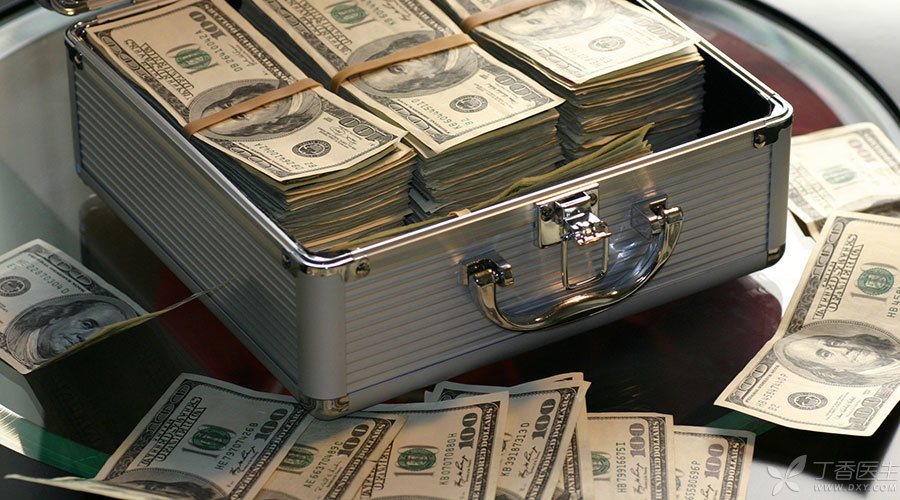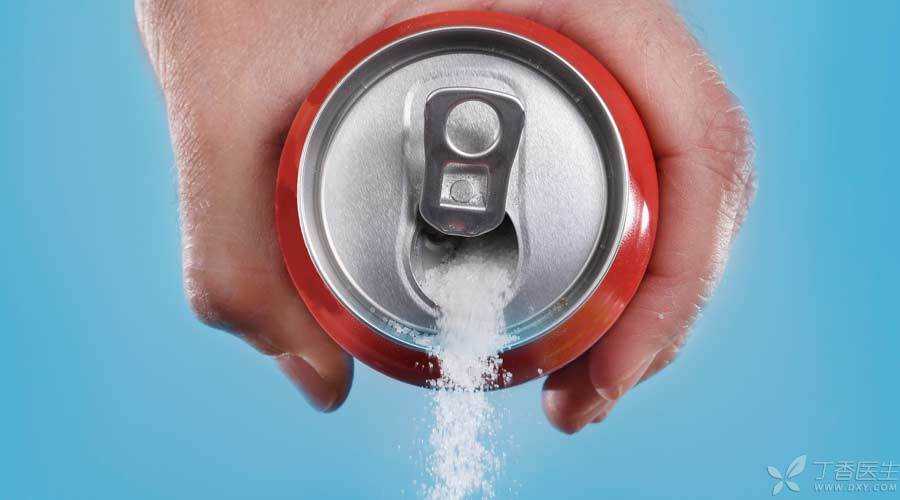Today’s article starts with a secret dialogue that has been sealed for 50 years:
We are well aware of your particular interest, and will cover this as well as we can
Let me assure you this is quite what we had in mind, and we look forward to its appearance in print
The first sentence came from Dr. Hegsted, then a famous nutrition professor at Harvard University, while the second sentence came from John Hickson, an executive in the sugar industry.
Obviously, Harvard scholars have written a [soft article] that sugar industry executives want, and this soft article is published in the top medical journal NEJM (New England Journal of Medicine), so that dietary recommendations for cardiovascular disease prevention and treatment have been biased for decades.
The scandal was not disclosed by JAMA Internal Medicine until 2016, but the potential health damage caused is incalculable.
How did all this happen? Is sugar harmful to health in what?
Today, we have invited Dr. Mai Jing Ting from the Department of Cardiovascular Internal Medicine of Sun Yat-sen Memorial Hospital of Sun Yat-sen University. He will tell us the cause and effect of this past.
Wash white with money [sugar crisis]

Let’s go back to the United States 50 years ago, at the beginning of the article.
It can be said that the United States has the [unhealthy diet] among all developed countries. High sugar, high fat and high calorie are the dietary characteristics of Americans, which also leads to the high incidence of obesity, coronary heart disease and diabetes in the United States.
In order to maintain the market sales of the huge sugar industry empire, the sugar industry associations organized by the major sugar giants have used their [money] influence to continuously infiltrate nutrition experts since the 1960s.
The most direct and effective method is to let top nutritionists publish the view that sugar is harmless in top magazines, so they found several professors from Harvard Medical School and the New England Journal of Medicine, which is the best in the field of medicine.
At that time, each professor received a commercial bribe equivalent to 50,000 US dollars now, so they waved flags and shouted for the sugar industry for decades to come.
One of the scientists was Dr. Mark Hegsted, who later became the head of the nutrition department of the U.S. Department of Agriculture and helped draft the first edition of the federal government’s dietary guidelines in 1977. The other was Fredrick J. Stare, dean of Harvard University’s School of Nutrition.
In the following decades, neither academic articles nor official dietary guidelines pointed out the harm of sugar. Until the 2007 hearing of the U.S. Food and Drug Administration, there was no warning that sugar was related to heart disease or diabetes.
In the past 50 years, I don’t know how many people have suffered from sugar. In 2012 alone, 702,308 deaths related to cardiovascular and metabolic diseases occurred in the United States, of which 10.8% of coronary heart disease deaths and 14.8% of diabetes deaths have been proved to be related to sugary beverages.
The professors mentioned above have passed away, but the truth was discovered only in 2010 and released last year. They have also been nailed to the column of academic shame forever.
What are the hazards of sugar?

According to the latest research, besides being a risk factor for coronary heart disease, sugar is also closely related to obesity, diabetes, hypertension, gout and other diseases.
Some clinical studies have found that if saturated fatty acids in diet are replaced by sugars with the same energy (sucrose or high fructose syrup, commonly used additives for sugary beverages), low density lipoprotein and triglyceride will be increased, while high density lipoprotein will be decreased, all of which are related to the increased risk of coronary heart disease.
In other words, eating sugar with the same energy has a greater impact on blood lipid than saturated fatty acids.
A study involving more than 170,000 people explored the relationship between sugary beverages and coronary heart disease. Researchers found that drinking one more sugary beverage a day (1 serving = 330 milliliters, about one tin of beverages) increased the risk of coronary heart disease by 16%, and the more you drink, the higher the risk.
How much sugar is harmful?

The answer is that even drinking a 600 ml bottle of sugary beverage will cause damage.
Regular drinking of sugary drinks may lead to coronary heart disease, which has been confirmed in previous studies. But surprisingly, a 600 ml bottle of sugary drinks can do a lot of things.
This conclusion comes from a study published this year in ATVB, an authoritative journal in the field of cardiovascular diseases. The study included healthy volunteers, with an average age of 31, who each gave a 600 ml bottle of sugary beverage (containing 72 grams of sugar and an energy of 1,200 kilojoules) and then drank purified water as a control.
The results showed that after drinking 600ml sugary beverage, the microvascular function and macrovascular endothelial function of volunteers were obviously damaged, which may be related to the reaction caused by increased blood sugar.
What is to be restricted is [bad sugar]

Although a small bottle of sugary drinks is [lethal], we don’t need to shut out all sugar.
Because sugar is one of the three essential nutrients for the human body, it should be taken in a balanced way. What really needs to be restricted is [added sugar], that is, sugar not contained in food itself.
The World Health Organization recommended in its 2014 Nutrition Guidelines that:
Adults’ daily intake of added sugar should be controlled below 5% of the total energy, i.e. About 25 ~ 30g per day.
When it comes to sugar types, the added [bad sugar] is mainly sucrose or high fructose syrup, not glucose, not starch, cellulose and other [polysaccharides].
If you have paid attention to the packaging of beverages, you will find that most sugary beverages are added with white granulated sugar, and more than 95% of the components of white granulated sugar are sucrose, and a small part is added with high fructose syrup, which produces fructose after decomposition.
A large number of studies have found that compared with glucose or starch, sucrose and fructose can induce blood lipid elevation, insulin resistance, platelet dysfunction, and eventually lead to obesity, coronary heart disease and diabetes.
If the intake of sucrose and fructose can be limited, the above abnormalities can be obviously reversed.
Drink more plain boiled water and less beverages.

In sugary drinks, besides common cola, there are many members, such as fruit juice drinks, sports drinks, functional drinks, iced tea, yogurt, herbal tea, sour plum soup, etc.
According to the World Health Organization [daily intake of added sugar does not exceed 25g], drinking a bottle of beverage casually may exceed the standard.
Among the common drinks in China, the healthiest is plain boiled water.
